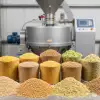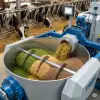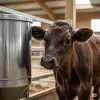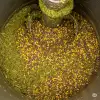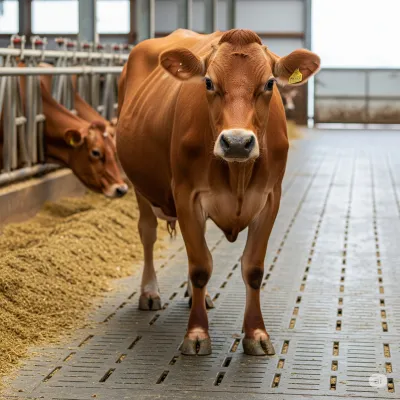Acidosis-Preventing Ration: A Healthy Nutrition Guide for Your Animals
Acidosis is a major metabolic problem causing yield loss in animals. This blog post explains how to create acidosis-preventing rations, their key features, and what to consider. Get practical information to improve animal health and productivity!
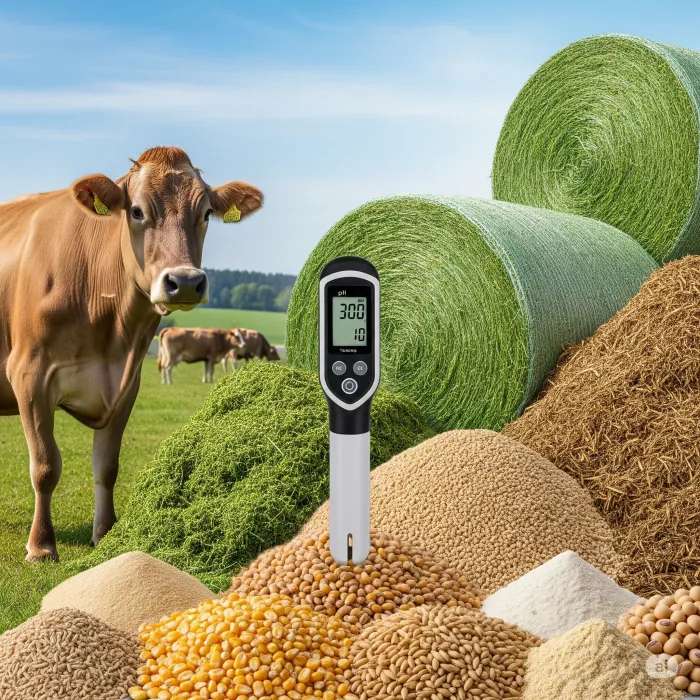
Acidosis-Preventing Ration: A Healthy Nutrition Guide for Your Animals
---One of the biggest nightmares for every breeder involved in animal husbandry is metabolic disorders that negatively affect the health and productivity of their animals. At the forefront of these disorders is **acidosis**. Acidosis, frequently encountered especially in high-yielding dairy cattle and fattening animals, occurs due to an imbalance in the pH of the digestive system and can lead to serious economic losses. So, how can you make your animals healthier and more productive by protecting them from acidosis? The answer: **Acidosis-preventing rations!**
What is Acidosis and Why is it Important?
Acidosis is a condition where the rumen (first stomach) environment of animals becomes more acidic than normal. This condition is usually triggered by feeding with high-starch and sugar, low-fiber feeds. When rumen pH levels drop, beneficial microorganisms essential for digestion die or lose their activity. This leads to: digestive disorders, loss of appetite, foot problems (laminitis), liver problems, and most importantly, a **decrease in milk yield** or **stunted growth**.
Acidosis not only reduces animal welfare but also negatively affects farm profitability due to treatment costs and yield losses. Therefore, preventing acidosis is much more important than treating it.
Key Characteristics of Acidosis-Preventing Rations
The key to preventing acidosis lies in rations formulated to support the animals' digestive system and maintain rumen pH balance. Here are the basic characteristics of an acidosis-preventing ration:
- Sufficient and Quality Forage: This is the most important component of the ration. Forages (such as alfalfa, hay, silage) increase the animal's chewing activity, stimulate saliva secretion, and buffer rumen pH thanks to the bicarbonate in saliva. The presence of sufficient physically effective fiber in the ration reduces the risk of acidosis.
- Balanced Starch and Sugar Sources: High-energy feeds (like corn, barley) contain starch. Starch can rapidly ferment in the rumen, leading to acid production. In acidosis-preventing rations, the proportion of starch sources should be kept balanced, and slowly fermentable starch sources should be preferred.
- Attention to Feed Transitions: Especially in cows in early lactation or animals at the start of fattening, ration changes should be made gradually. Sudden feed changes shock the rumen microflora and can trigger acidosis. Transitions should last at least 7-10 days.
- Feed Additives: Some feed additives can help balance rumen pH.
- Buffering Agents: Buffers like sodium bicarbonate (baking soda) neutralize rumen acidity and stabilize pH.
- Live Yeast (Probiotics): Supports the balance of rumen microflora, promotes the growth of lactic acid-utilizing bacteria, and improves fiber digestion.
- Yeast Cell Wall Products: Can support gut health.
- Feeding Frequency and Management: Feeding in frequent and small meals reduces rumen pH fluctuations. It is important that feeds are always fresh and accessible to animals. Additionally, well-mixed feeds (TMR – Total Mixed Ration) prevent selective eating.
- Adequate Water Access: Animals should always have free access to clean and fresh water. Water ensures the fluidity of rumen contents and is vital for nutrient digestion.
Considerations When Creating an Acidosis-Preventing Ration
Preparing an acidosis-preventing ration is not just about mixing the above components. It also requires establishing a balance according to your animals' specific needs. Here's what you need to pay attention to:
- Animal's Physiological State: The ration should be adjusted according to the animal's age, species, production period (lactation, dry period, fattening), live weight, and genetic potential. For example, high-yielding cows in early lactation have high energy needs but also a high risk of acidosis.
- Quality of Raw Materials: The quality of the raw materials you use (forages, concentrated feeds) is very important. Moldy, spoiled, or low-quality feeds can lead to digestive problems.
- Analysis and Expert Support: Regularly analyzing the nutritional values of forages and other raw materials ensures that the ration is formulated correctly. Getting support from an animal nutrition specialist or veterinarian will guide you in ration optimization.
- Observation and Monitoring: Observe your animals regularly. Symptoms such as loss of appetite, changes in stool consistency, and foot problems can be indicators of acidosis. Indicators like rumen fill and the amount of undigested grain in feces can also provide clues about the effectiveness of the ration.
Conclusion: The Right Ration for an Acidosis-Free Future!
Acidosis is a preventable problem, and with proper ration management, you can improve the health of your animals and the profitability of your farm. Sufficient and quality forage use, balancing starch sources, paying attention to feed transitions, and using appropriate feed additives play a key role in minimizing the risk of acidosis. Remember, healthy animals are the foundation of **profitable and sustainable livestock farming**!
What do you pay attention to when preparing your animals' rations? Share with us in the comments!


